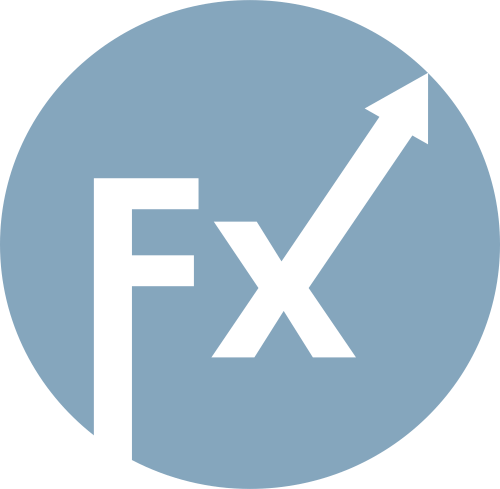On September 11th – that is, on Thursday – the next meeting of the European Central Bank (ECB) will take place, and the central bank is widely expected to leave all monetary policy settings unchanged. This is the base case and the most anticipated scenario, so its realization won't trigger volatility in the EUR/USD pair. Still, this doesn't mean the September meeting is just a formality. The real intrigue concerns the ECB's future actions: Will the central bank consider its easing cycle complete, or are further rate cuts still on the table?
Let's first analyze the general macroeconomic picture in the Eurozone. In short, we are seeing weak but still positive economic growth against the backdrop of accelerating inflation.
The headline Consumer Price Index in the Eurozone accelerated to 2.1% y/y in August, exceeding the ECB's 2% target. The core index remained at previous months' levels, at 2.3% (while most analysts had forecast a slowdown to 2.2%). Germany, the locomotive of the Eurozone, also saw inflation accelerate—the national CPI rose to 2.2% y/y (the highest since July this year), and the harmonized EU index reached 2.1% y/y.
These results provide reasons for the ECB to remain cautious—not only at the September meeting, but at least through October as well.
GDP growth reports for Germany and the Eurozone have been disappointing, but they have generally supported the euro. The German economy contracted 0.1% q/q in Q2 (as forecast), while y/y German GDP rose by 0.4% (vs. a forecast of +0.2%). The Eurozone's GDP grew 0.1% q/q (forecast: 0.0%) and 1.4% y/y (forecast: 1.2%). The growth was modest but still stronger than the most pessimistic projections.
The unemployment rate in the Eurozone remains stable, falling to 6.2% in July from 6.3% in June.
It's also worth noting that last month the Eurozone saw a rebound in business activity: for example, the Composite PMI rose to 51, a 15-month high. Manufacturing moved into expansion territory for the first time since mid-2022, while services continued to expand, albeit at a slightly slower pace. Germany's results were solid, too. Its composite PMI reached 50.9 (a five-month high), manufacturing was 52.6 (a 41-month high), and services remained in expansion (50.1). Even France nearly stabilized (Composite PMI: 49.8, manufacturing: 49.9).
German IFO indices also turned "green." The business climate index rose to 89.0 (forecast: 88.7), the highest since May 2024 (and rising for eight consecutive months). Economic expectations rose to 91.6—a record since April 2023. Only the current conditions index disappointed slightly, increasing to 86.4 (forecast: 86.7), after 86.5 in July.
Taken together, this fundamental backdrop allows the ECB to pause at upcoming meetings—not just in September. The central bank will likely make it clear that the current rate-cutting cycle is over, but if necessary, it stands ready to resume cutting rates.
Incidentally, Goldman Sachs, BNP Paribas, Deutsche Bank, Nomura, and Societe Generale have all recently updated forecasts expressing confidence that the ECB will not cut rates further in 2025. Moreover, BNP Paribas and Deutsche Bank analysts believe the ECB's next move could actually be a rate hike, likely in the fourth quarter of next year.
Recent statements from ECB officials have also been moderately hawkish and cautious. For example, French central bank chief Francois Villeroy de Galhau said inflation is "well under control" and economic growth is "in line with forecasts." Meanwhile, ECB Executive Board member Isabel Schnabel was even more explicit, saying a pause should be maintained at upcoming meetings, with the Eurozone showing resilience and inflation potentially running higher than expected. She argued that ECB policy is already moderately stimulative and does not see a reason for continued rate cuts.
Therefore, the takeaway from the September ECB meeting could support the euro—but only if the central bank makes it clear that the current easing cycle has ended. If the ECB takes a more cautious tone (hinting at the potential for further cuts), the EUR/USD pair will come under pressure and could return to the 1.16 area. There is even a theoretical "ultra-hawkish" scenario in which the ECB hints at a rate hike. However, in my view, the ECB will try to maintain a balanced tone without any binding commitments, even in theory. In that case, the euro will likely remain afloat, but the direction of EUR/USD will depend on US CPI dynamics.

RÁPIDOS ENLACES